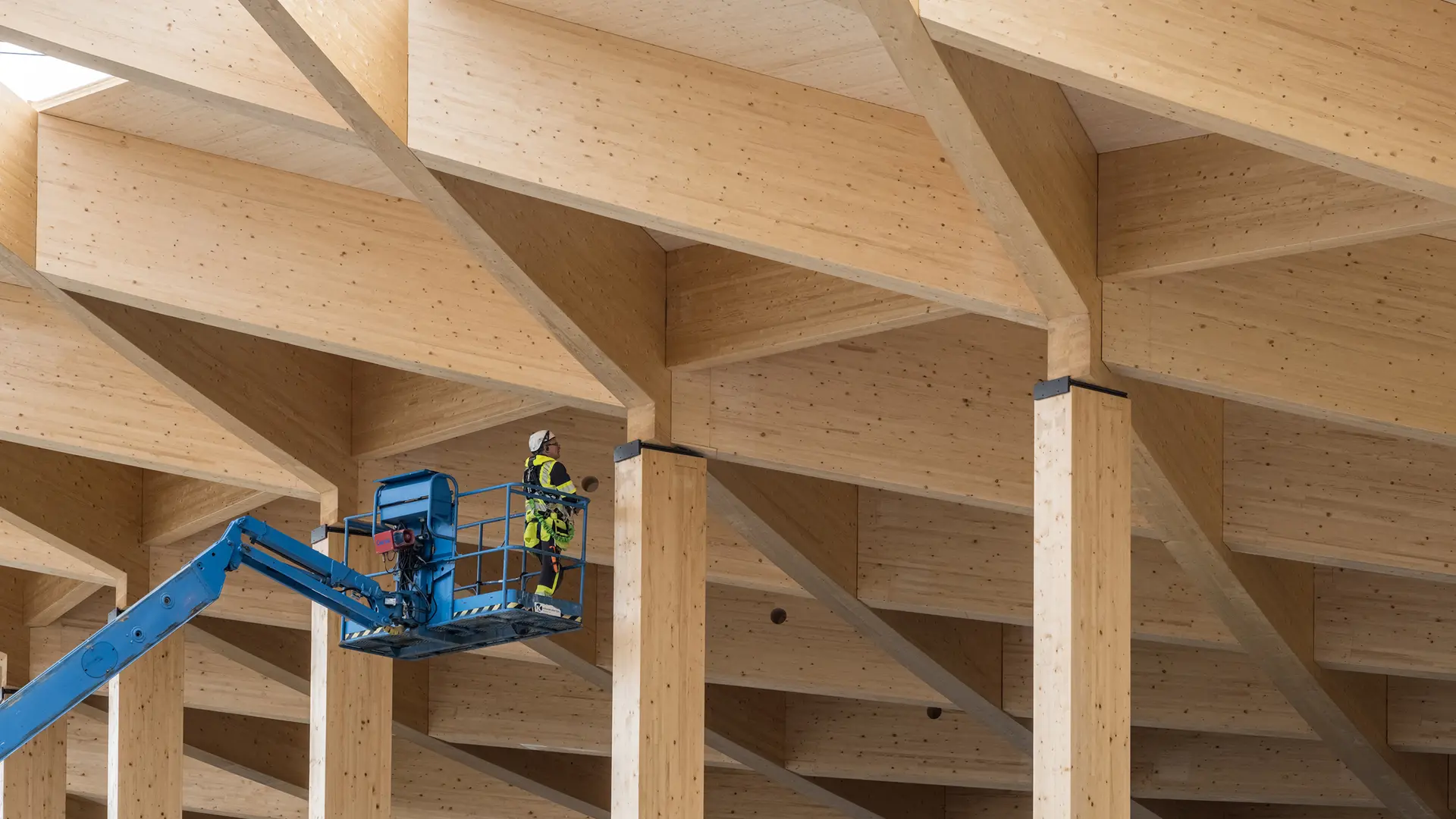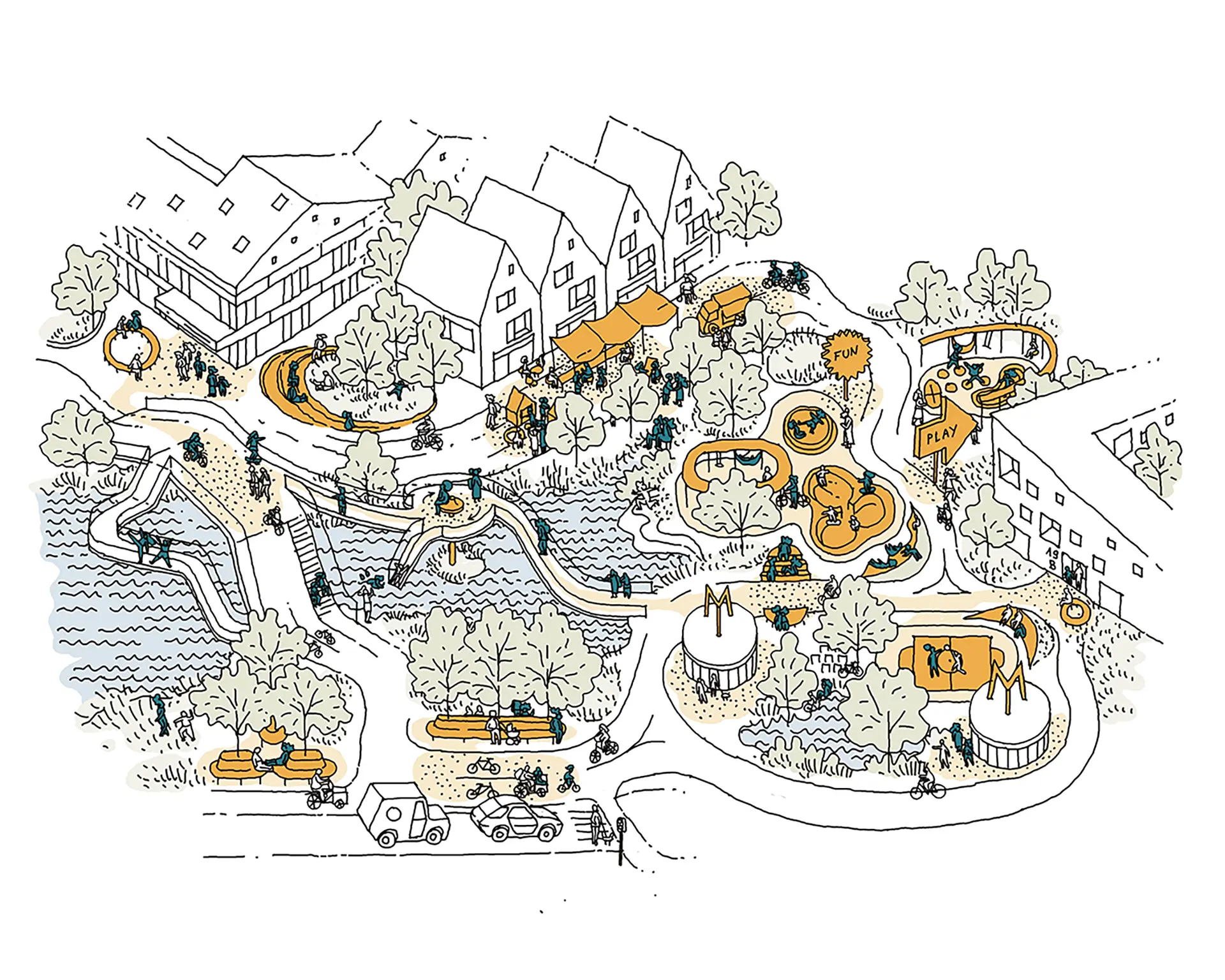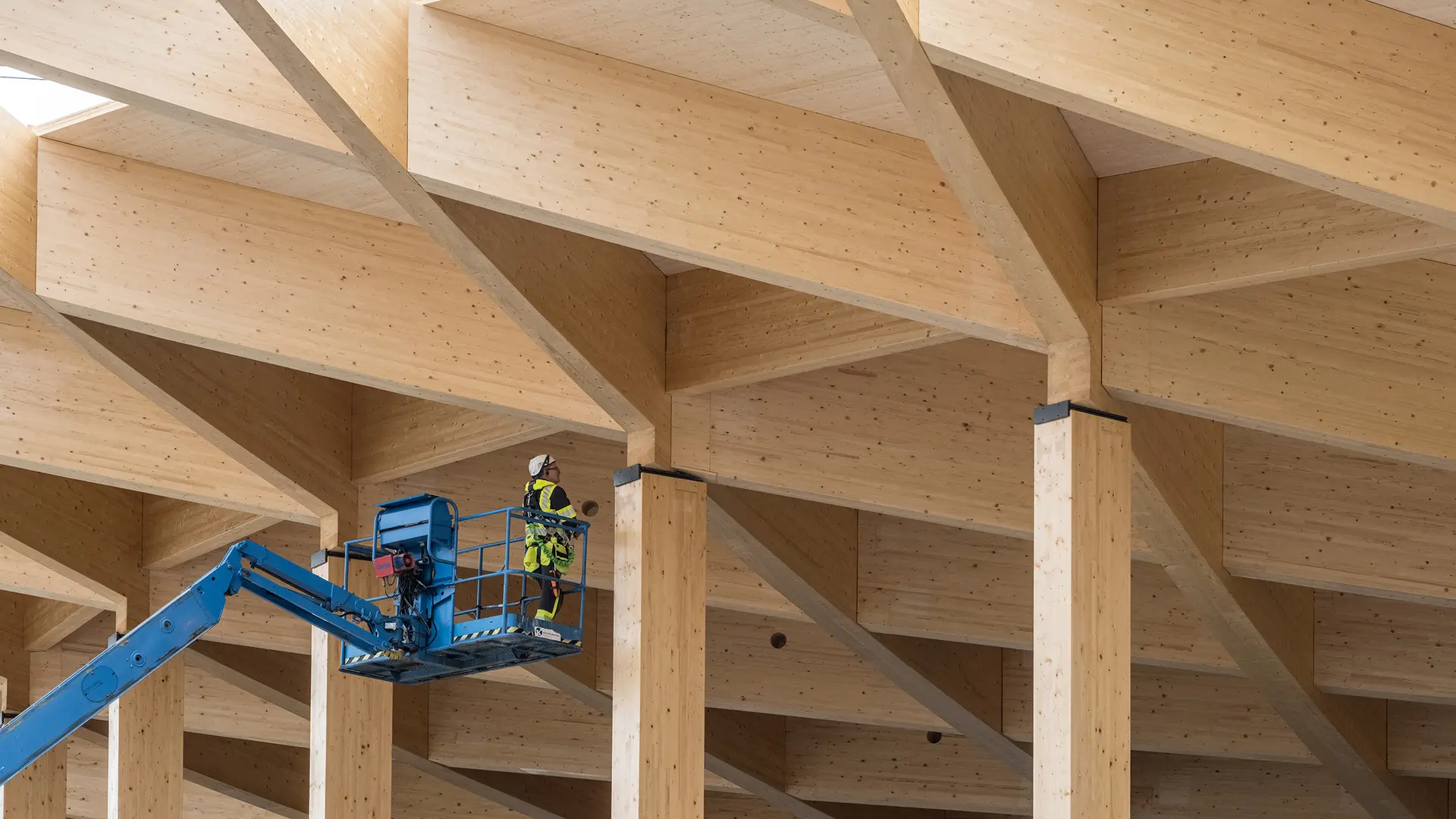What it means to bring Scandinavian design to North America

In our New York office, Henning Larsen has built a foothold in North America. But how do we translate our architecture to meet a North American audience?
What does Scandinavian design look like on the expansive scale of North America? Michael Sørensen, partner at Henning Larsen, relocated to New York City in 2019 to take a more hands-on role in developing our future in the US, Canada and beyond. We sat down with him to learn more about how Scandinavian design can adapt to the demands of a new market.
You arrived in New York City just last month. First of all, congratulations on the move. What was behind your decision to relocate and take on a greater role in our New York office?
I’ve been working in the North American market for the last four years, as the lead on our projects in Cincinnati, Minneapolis, and Toronto. So I have a fundamental understanding of what is needed and what is sought after from us in this market, especially as Scandinavian architects. It was a very natural choice for me to relocate and support our work here – I could choose to live my life in an airplane back and forth above the Atlantic, or I could put my feet on the ground and be here with our clients, creating a real dialogue about projects.
There is a lot of Henning Larsen DNA in the New York studio – A third of our staff relocated here from our Copenhagen office. I’m excited to take the helm during this time, and to live in New York – It’s a big new step for myself and my family.
Henning Larsen has had our New York studio for two years now. What motivated us to establish a presence in North America in the first place?
In 2015, we were invited as one of three firms to complete for the Performing Arts Center at the World Trade Center. We dove into that competition wholeheartedly, and though we didn’t end up winning, we made a lot of great connections and saw a lot of potential for our work here – Not only in the cultural realm, but for civic projects, masterplans, offices, and universities. We found a lot of interest in our experience as Scandinavian architects, our research-based design process, and a collaborative approach. We ended up winning five big projects in North America within a year and a half, and the ball was rolling. The way we like to work is through collaboration; it’s a discussion with the users. That approach to architecture really requires us to be physically present, so that’s what I think really drove this. We want to be here with the teams we’re working with, so we can create the best possible product.
We’ve just opened our first built project in North America, the Lindner College of Business at the University of Cincinnati. Is there anything about the design that is a particular reflection of its American context?
Cincinnati was in many ways a learning experience. We had to learn and re-learn so much – from listening to different cultural and personal perceptions of openness, to studying and understanding the American idea of a college campus. The client gave us space and time to learn about Cincinnati, about the infrastructure of a city built on that scale; how people get around, security issues, how they feel safe, where people connect. They also visited us in Denmark too, to get insights from our projects here.
Ultimately, I think the building shows a particular willingness from the University and their campus architect to open the building up. If you think about a business school on almost any other North American campus, they are an entity unto themselves: business students and business students only. Our building is for the business students, yes, but it’s also at this critical location on campus where all the students pass through, so it becomes a sort of social crossroads. Students pass through, visit the Starbucks inside, go to the integrated bus stop, or find a place to stay and study. We wanted to make it a bigger gesture than just academic space, to become a sort of active focal point on campus, and in that way, I think we were very successful.
Working in North America means adapting to an entirely new scale and urban dynamic. What does that mean to us, as Scandinavian architects?
This continent is immense. The cities are bigger, the streets are wider, the buildings are taller or more spread out. In many places, if you want to be a part of this country, you need a car. I want to see North America from coast to coast, to visit its nature and understand its cities, and to do that I need a car – The multimodal infrastructure we have in Denmark just doesn’t exist in the same way. Sometimes we have this notion that what we’re doing in Denmark is the right thing, talking about bike mobility and so on. But Denmark is a small, small country, and Copenhagen is a small village. The borough of Brooklyn alone is more than twice the size of Copenhagen. Working here means we really have to understand the scale we’re talking about.
As we move forward in North America, how do you believe we should shape our attitude toward architecture and design to suit the challenges and needs of this new context?
I think we have to be aware that as Danes, we can’t just go out into the world and try to Copenhagenize everything. There’s a lot of stuff we can learn from the way things are done elsewhere –in New York, in North America – that we can take back to Europe to change the way we think of generosity in architecture. There’s a dialogue that goes both ways, and I’m very wary of not just going out and saying, “Hey, this is the Danish way, this is the Copenhagen way, this is the way we should do it.” There’s a middle ground because there’s a lot of things that they get right over here that we don’t consider as much in Copenhagen. I think buildings here reflect a sensitivity to diversity – New York City is a deeply multicultural society, especially in comparison to Denmark, and I see it in the architecture. It’s a learning process, and being in North America helps us design spaces that elevate the experience of living, playing, and working within the community. We’re here, hopefully, to find the best of both worlds.



